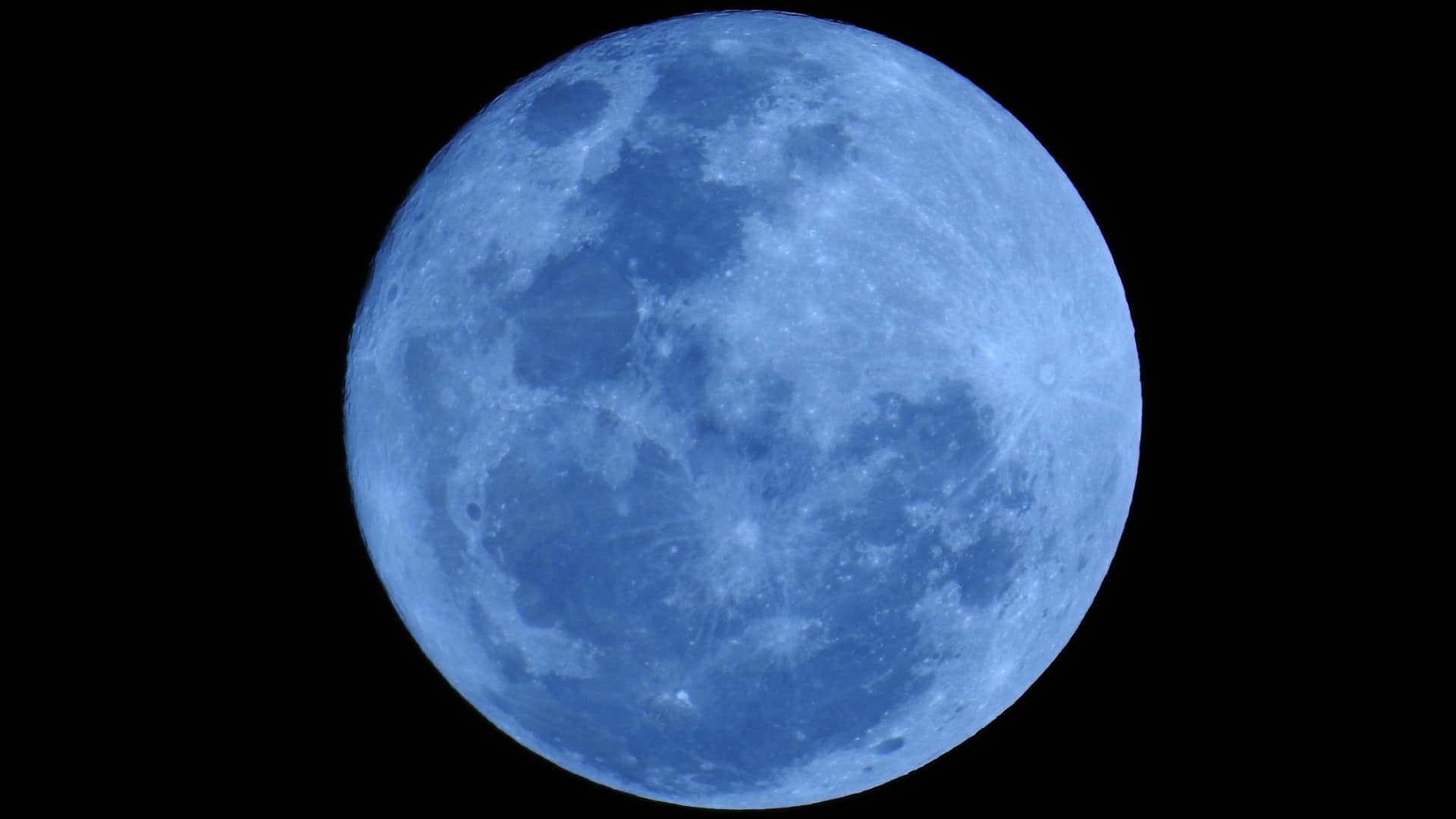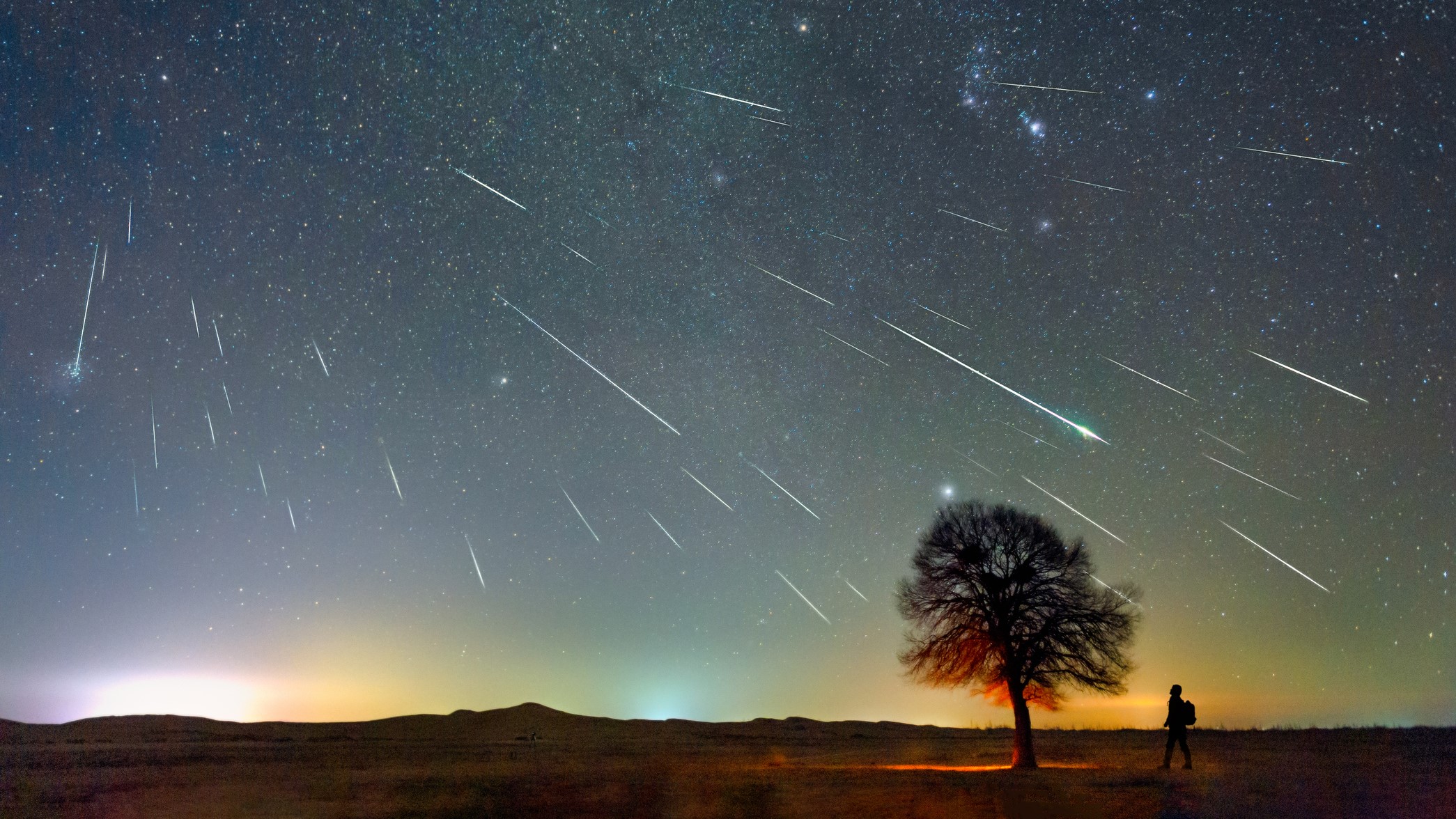August began with a dazzling supermoon and will close with another, lighting up the night sky this week. With its rings, Saturn will also make its closest and brightest appearance of the year near the moon.
According to NASA, the full moon will peak at 9:36 p.m. ET on August 30 but will be visible until Friday morning.
The dazzling glow of Saturn will appear roughly 5 degrees to the upper right of the moon towards the end of evening twilight on Wednesday, about 8:42 p.m. ET. According to NASA, Saturn will appear to rotate clockwise around the moon during the evening. According to EarthSky, the two will look to be approximately the breadth of four full moons apart at their closest.
Saturn reached opposition on August 27, when Earth passed between it and the sun, indicating that the ringed planet is at its closest point in its orbit to Earth and, hence, visible in our night sky.
According to EarthSky, both of the full moons in August are supermoons. Supermoon definitions vary, but the word commonly refers to a full moon closer to Earth than usual and, hence, appears larger and brighter in the night sky. The moon will be 222,043 miles (357,344 kilometers) from Earth, roughly 18,000 miles (28,968 kilometers) closer than it is now.
According to some astronomers, the phenomenon occurs when the moon is within 90% of perigee, its closest orbital approach to Earth.
The supermoon could impact Hurricane Idalia, which is expected to make landfall Wednesday morning, by increasing tides and intensifying storm surge. Because of the proximity of this supermoon to Earth, its gravity will have a greater impact on the oceans.
According to National Hurricane Centre Deputy Director Jamie Rhome, it could raise high tide by almost a foot.
According to NASA, the second full moon in a month is known as a blue moon, as in the expression “once in a blue moon.” However, don’t expect it to turn blue.
Full moons typically occur every 29 days; however, most months in our calendar last 30 or 31 days. Therefore, the months and moon phases do not always coincide. This results in a blue moon every 2.5 years, with the most recent occurring in August 2021.
The second full moon in August also coincides with the Hindu festival of Raksha Bandhan, which honors the relationships between brothers and sisters.
Supermoons and full moons
On September 29, 2023, the fourth and final supermoon will rise.
According to the Farmer’s Almanack, the following full moons will occur in 2023:
Harvest moon on September 29
28th of October: Hunter’s moon
Beaver moon on November 27
December 26: Full moon
Solar and lunar eclipses
An annular solar eclipse will be visible across North, Central, and South America. The moon will pass between the sun and Earth at or near its farthest point from Earth during the solar eclipse. The moon will be smaller than the sun, surrounded by a dazzling halo.
Viewers should wear eclipse glasses to protect their eyes while viewing the phenomena.
On October 28, there will also be a partial moon eclipse. Because the sun, Earth, and moon are not perfectly aligned, just a portion of the moon will be in shadow. Parts of Europe, Asia, Australia, North America, and much of South Africa will be able to see this partial eclipse.
Showers of meteors
Each of the remaining meteor showers projected to peak this year will be most visible in regions without light pollution from late evening to morning. The following are the peak dates for the events:
Orionids: 20-21 October
Southern Taurids: November 4th and 5th
Northern Taurids: 11-12 November
Leonids: November 17th and 18th
December 13-14, Geminids
Ursids: December 21st and 22nd
SOURCE – (CNN)











